PPT-Why WASH-NTDs Matter WASHplus Project
Author : natalia-silvester | Published Date : 2018-12-05
April 2016 What are NTDs Soil transmitted helminths Worms Round worm Whip worm Hook worm Schistosomiasis Trachoma Lymphatic filariasis elephantiasis Onchocerciasis
Presentation Embed Code
Download Presentation
Download Presentation The PPT/PDF document "Why WASH-NTDs Matter WASHplus Project" is the property of its rightful owner. Permission is granted to download and print the materials on this website for personal, non-commercial use only, and to display it on your personal computer provided you do not modify the materials and that you retain all copyright notices contained in the materials. By downloading content from our website, you accept the terms of this agreement.
Why WASH-NTDs Matter WASHplus Project: Transcript
Download Rules Of Document
"Why WASH-NTDs Matter WASHplus Project"The content belongs to its owner. You may download and print it for personal use, without modification, and keep all copyright notices. By downloading, you agree to these terms.
Related Documents


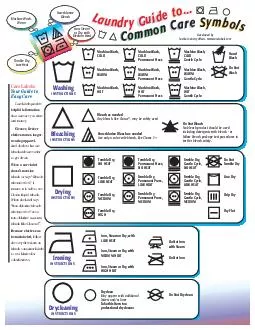
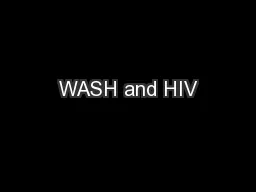

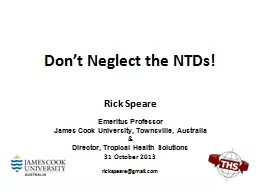

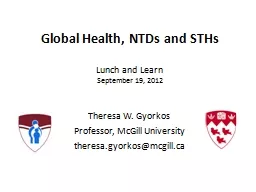

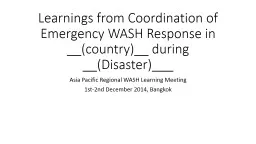

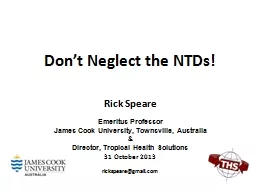
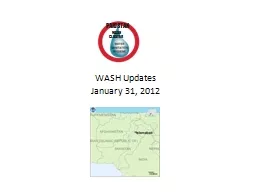

![[BOOK]-Status: Why Is It Everywhere? Why Does It Matter?: Why Is It Everywhere? Why Does](https://thumbs.docslides.com/956296/book-status-why-is-it-everywhere-why-does-it-matter-why-is-it-everywhere-why-does-it-matter.jpg)